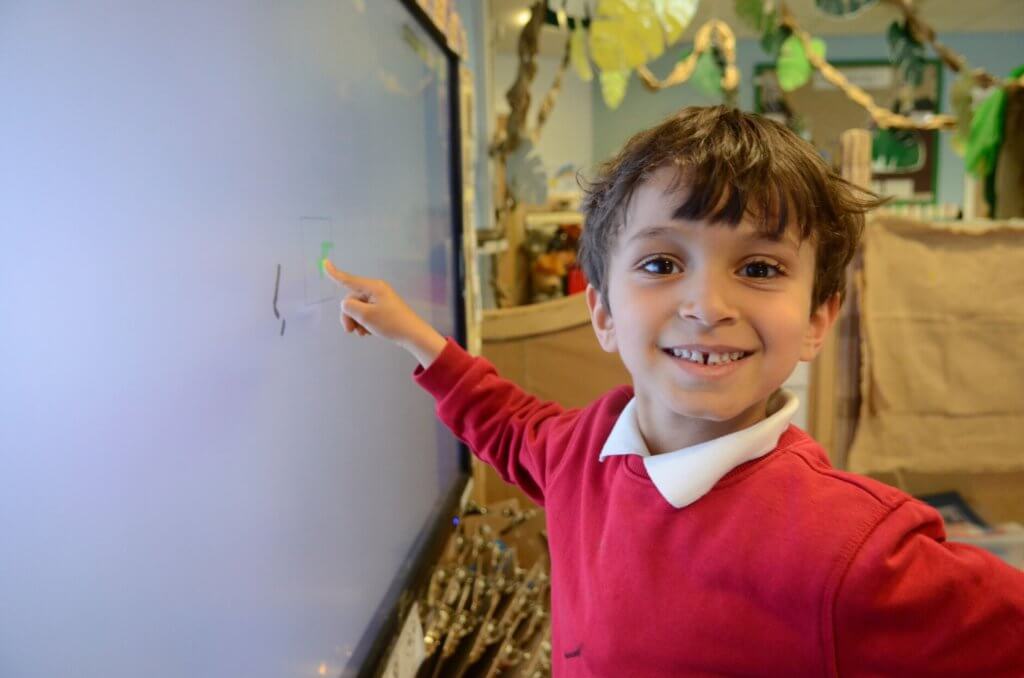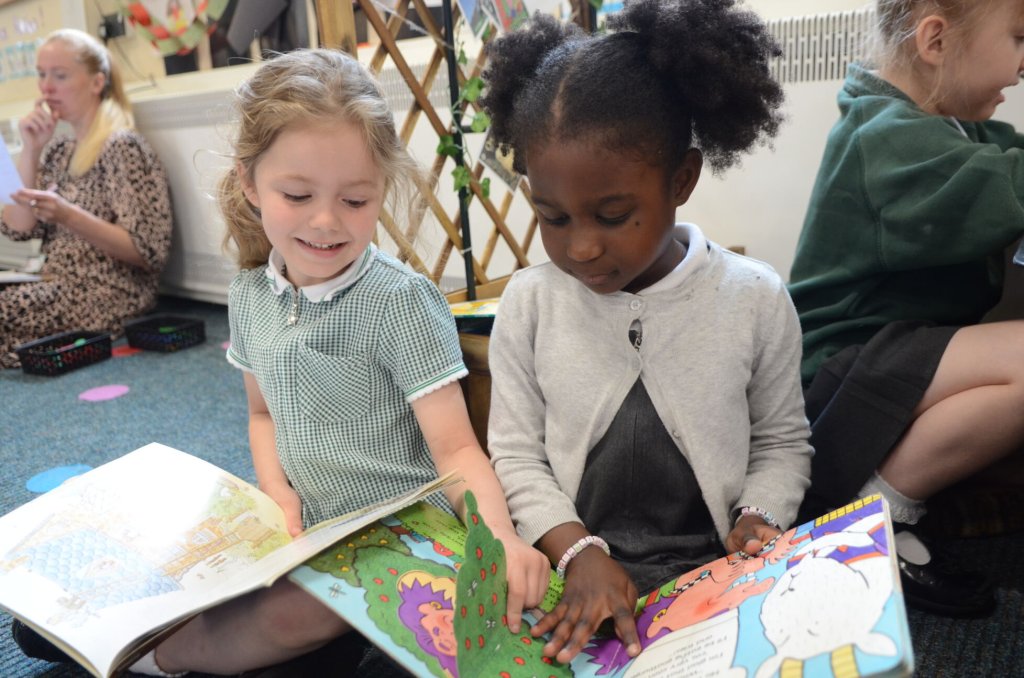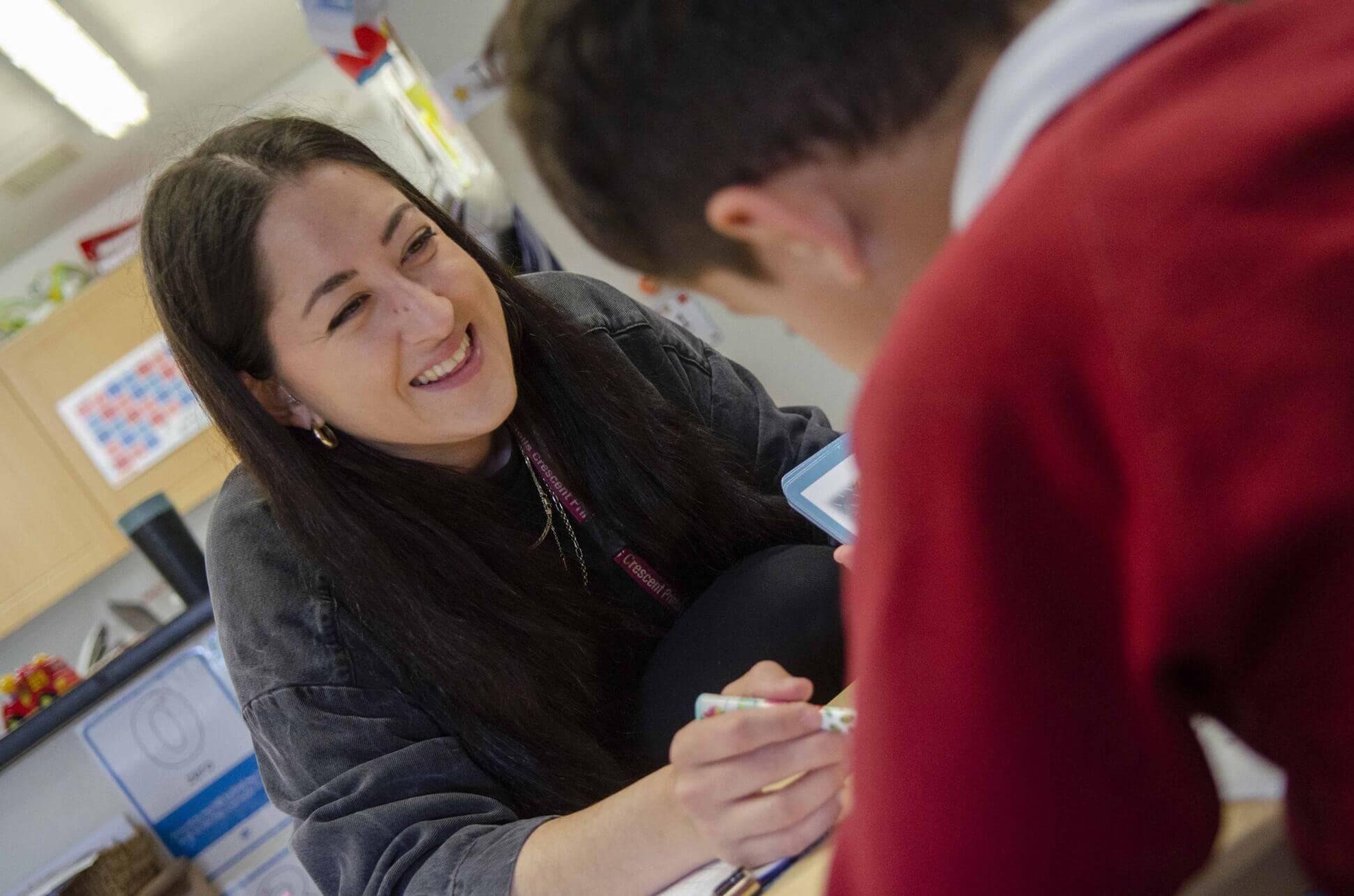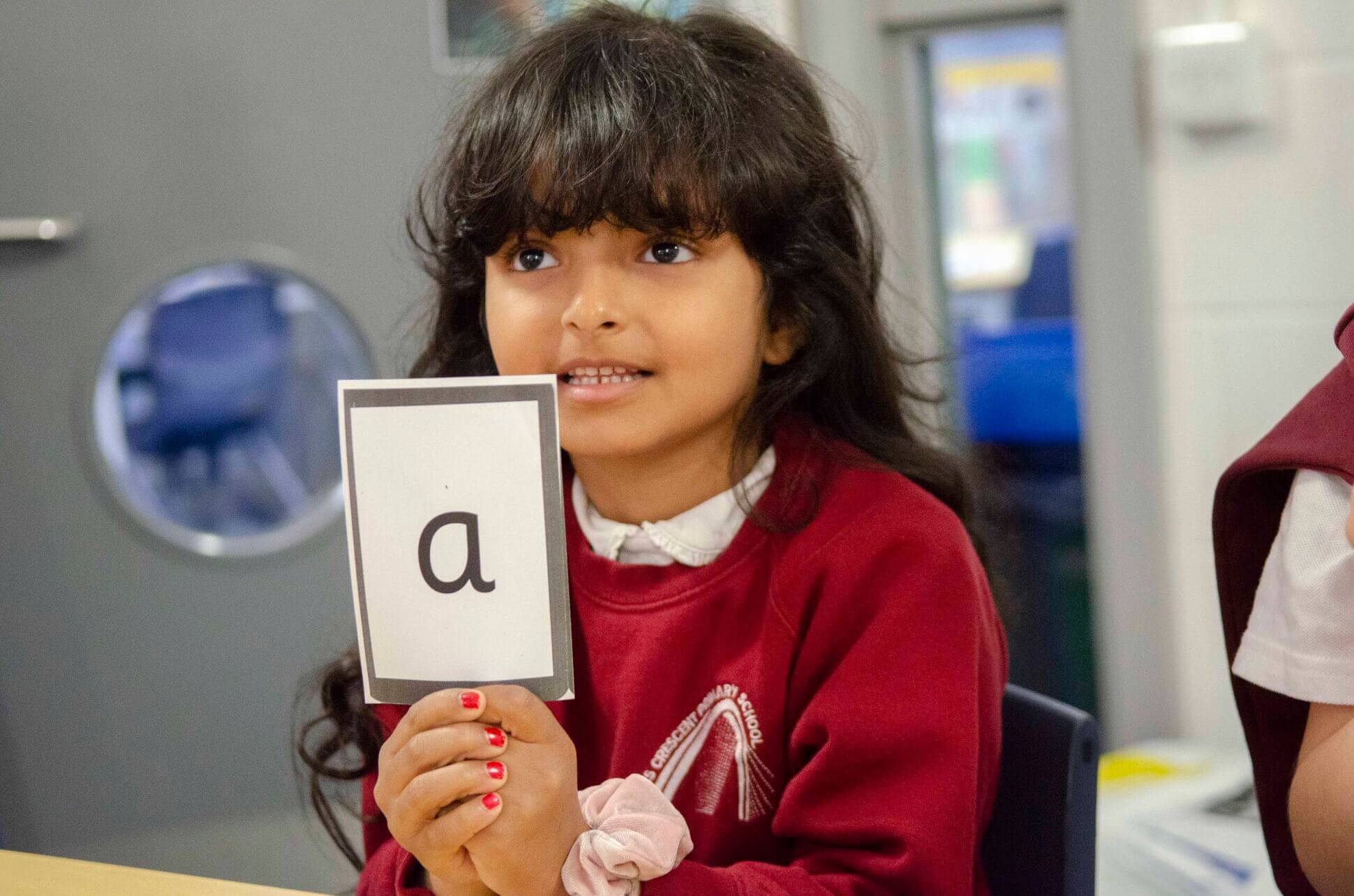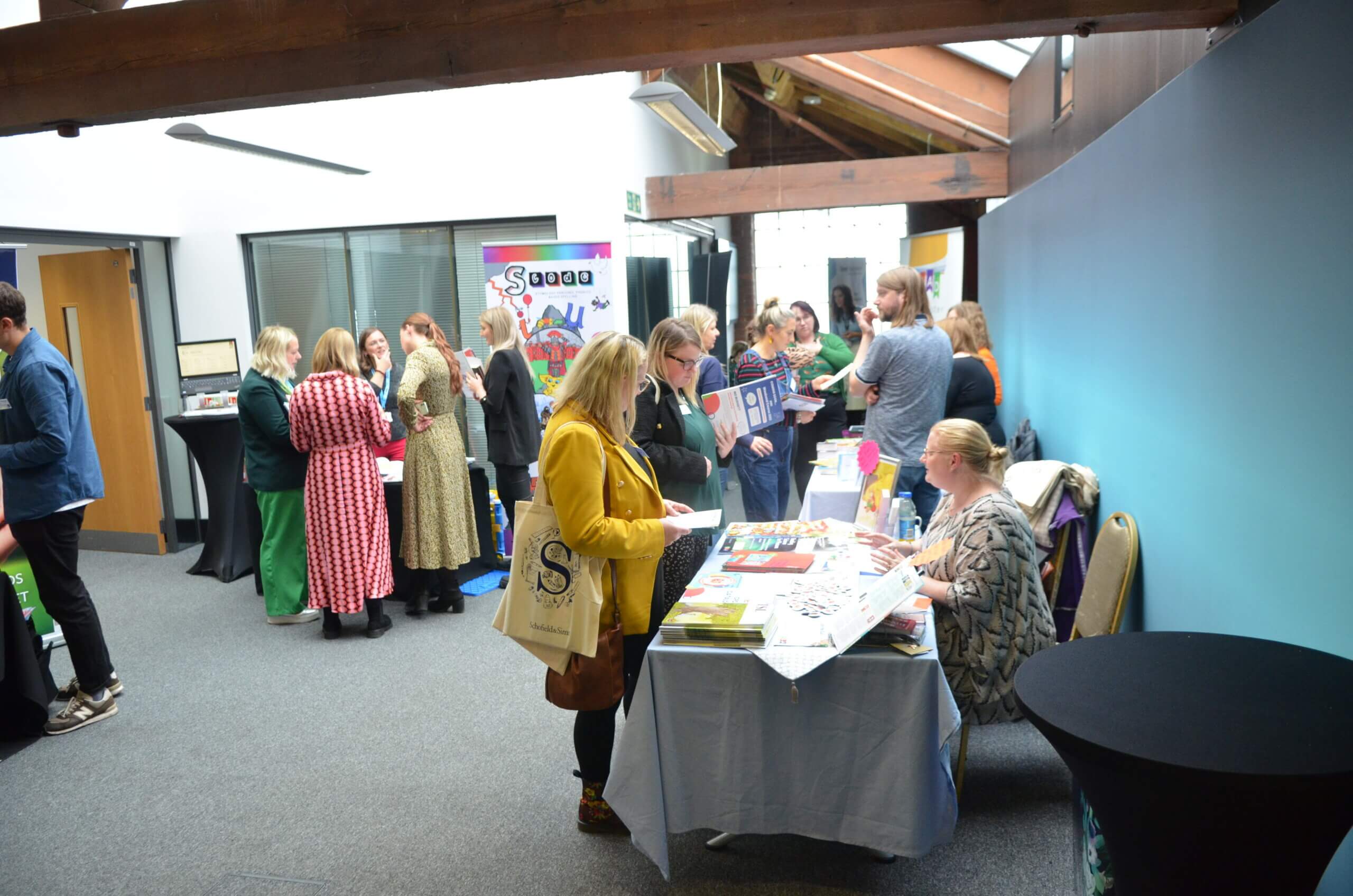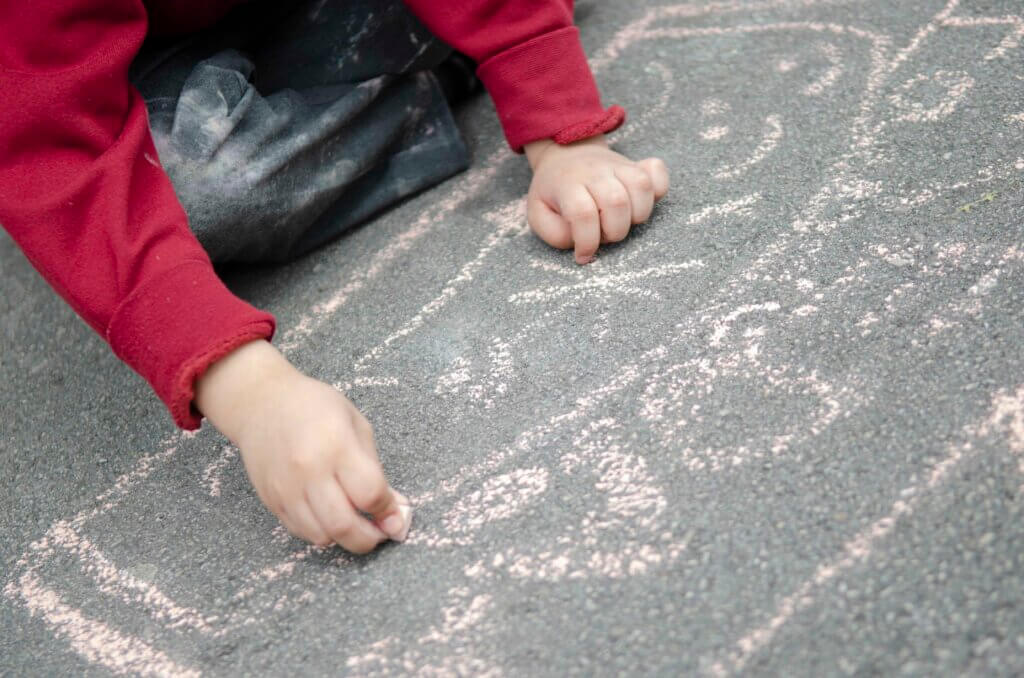Domestic abuse and coercive control rank among the most pervasive crimes in our society. Whilst the harm to adult victims is well-documented, the needs of the ‘hidden victim-survivors’ of this crime – children and young people – are often complex and not fully understood.
Living with this through childhood can be profoundly traumatising and it can prevent children from thriving in school. There is a long-term impact. Each set of circumstances is unique, but studies indicate that children living with severe and prolonged abuse are more likely to have significant social, emotional and mental health (SEMH) needs, develop challenging behaviour and struggle with learning.
Children were formally recognised as victims of domestic abuse in the Domestic Abuse Act, 2021. They are victims if they see, hear or experience the effects of abuse – even if they are not directly harmed. Yet it’s easy for the non-physical forms of domestic abuse and the impact on children to go under professionals’ radar. Such emotional abuse is always a safeguarding issue. The definition of this, within the Working Together to Safeguard Children document, (HM Government. 2018) is:
‘The persistent emotional maltreatment of a child such as to cause severe and persistent adverse effects on the child’s emotional development.’
Children’s experiences in homes where there is coercive and controlling behaviour
The psychological impact on children is a focus of recent research. Can you imagine what it’s like to be a child in a family where there is continual stress, where you always feel on you guard and not wanting to ‘rock the boat’? Where you are always pre-occupied with your own safety and that of your mother?
Dr Emma Katz is Associate Professor within Durham University’s Centre for Research into Violence and Abuse and is commonly regarded as the world’s leading academic expert on how coercive control impacts children and mother and child relationships. We interview her about the key findings of her research in our forthcoming training.
The following are examples of ways in which perpetrators may impose control on the family:
- Micro-managing day-to-day activity and choices
- Control of space, time and movement within the home, including the time the mother spends with her children and the rooms/space they can use;(Katz 2016)
- Controlling and limiting access to food
- Unplugging technology (phones, internet, music) so children can’t do their homework, contact friends or simply relax (Katz 2016)
- Disconnecting the electricity, limiting their ability to keep warm or wash, turn on lights, watch TV or use the internet (Katz 2016)
- Surveillance and monitoring; making people account for where they are going and have been; use of technology such as tracking apps so they can locate the whereabouts of family members at any time.
Children are often victimised by the perpetrator as an extension of their controlling tactics.
Citing research by McGee (2000) and Mullender et al. (2002) Harne (2011) states:
‘Children and young people [describe] a catalogue of fathers’ cruel and emotionally abusive behaviour towards them, such as destroying school work, school reports and toys, harming pets, not allowing children out of the house, not allowing them to speak to their mothers and not allowing friends to phone or come to the house. Some fathers are shown to deliberately emotionally abuse children and young people, insulting them and humiliating them in a similar way to their mothers.’
Children living with chronic fear
Let’s think more about the psychological impact. Coercive control is frequently driven by fear conditioning. Keeping another person in a state of chronic fear does not require physical violence to be used all the time, or necessarily at all. Fear is not just a by-product of domestic abuse; it is a key element that keeps it going. There is a distinction between immediate and chronic fear. Chronic fear is a response to a constant threat. It involves having to continually navigate different aspects of daily living, predict and avoid harm – so as to avoid consequences. You are always ‘walking on eggshells.’
Living with chronic fear has serious impacts on children’s physical and mental health. We will all have had fears in our childhood but what if your main fear is your parent / carer? Remember, victims (both adults and children) are subjected to consistent and targeted controlling behaviour. It is made clear the non-compliance may be punished; this may or may not include physical violence, but it will be something that the victim dreads; it is demoralising and traumatic
The impact on children’s education, mental health and wellbeing
The ramifications for children in our schools are huge. Think about children in our classrooms who experience and perceive their worlds as dangerous and threatening. A boy once said to me:
“You can’t trust anyone … you always have to watch your back …”
For a child with a core belief such as this, what might be the impact in school? On peer relationships? On a child’s attitudes to authority figures? On their interactions with staff who are trying to help them? On their ability to concentrate and learn?
Post-separation coercive control
Katz (2020) also highlights the importance of professionals being aware that:
‘Separation often produces neither safety nor freedom, with perpetrators continuing and intensifying their coercive control post-separation’
When a parent has moved away from the perpetrator, it is very common for the perpetrator to try and re-gain control and to punish the family for leaving. It is a serious safeguarding issue. Don’t assume domestic abuse is over because parents have separated.
What can schools do?
Through their day-to-day interactions with pupils, education professionals are uniquely placed to identify signs of domestic abuse. If you have any concerns, you should discuss these with the Designated Safeguarding Lead at your school and coordinate next steps.
A child’s relationship with a trusted adult who has capacity to support them, as well as schools that provide safe and supportive environments, can be key. Though empathy, understanding and support to both child and adult victim-survivors, practitioners can help them survive and thrive. Wider family networks and friendship groups are also important factors to help mitigate the adverse effects of domestic abuse and coercive control.
How One Education can help
Our new virtual training course Domestic Abuse, Coercive Control and Children is designed for professionals in education, including safeguarding leads, psychologists and mental health professionals, pastoral staff and teachers, ensuring they can recognise signs of abuse and intervene to protect pupils and their families from further harm.
This training has been developed together by Senior Educational Psychologist, Abigail Sterne, and Safeguarding Training Consultant, Catherine Lawler; joint authors of Helping Children Learn About Domestic Abuse and Coercive Control: A ‘Floss and the Boss’ Storybook and Professional Guide (2010, Routledge) and Domestic Violence and Children: A handbook for schools and early years settings (2021, Routledge).
Throughout the course, our presenters will share research, real-life scenarios, resources and reflective activities to provide an in-depth understanding of domestic abuse and its implications for children’s learning and development. The training will be split into the following modules:
- Introduction to Domestic Abuse & Coercive Control
Including key definitions, the Duluth power and control wheel, the pull of the perpetrator and the barriers to leaving
- Children and Young People’s Experiences of Domestic Abuse & Coercive Control
Learn more about children’s experiences and the psychological impact at different ages and stages of development. Learn to recognise the indicators of children living with domestic abuse, including common survival and coping strategies.
- The Impact on Education and Supporting Children, Young People & Families
Learn about the wide-ranging ways in which schools and key adults can support children and young people and how to engage families so as to protect them from further harm.
To find out more and book your place onto our online training course, click here.
Safeguarding is everyone’s responsibility. If you would like any support with promoting the welfare of children and keeping them safe from harm, explore the following services to find out how we can help:
Education Welfare & Safeguarding
Creative Psychotherapy in Education
If you have any questions, please don’t hesitate to get in touch.
Please complete the form below and we will get in contact as soon as we can to help you with your query.
